Nestled amidst the verdant jungles overlooking the Pacific Ocean in Nosara, Costa Rica, the Raintree House stands as a beacon of innovation and environmental stewardship in the realm of modern architecture. Its recent accolades, including recognition in the Residential Architecture category at the esteemed BLT Built Design Awards, underscore its significance as a pioneering example of sustainable living.
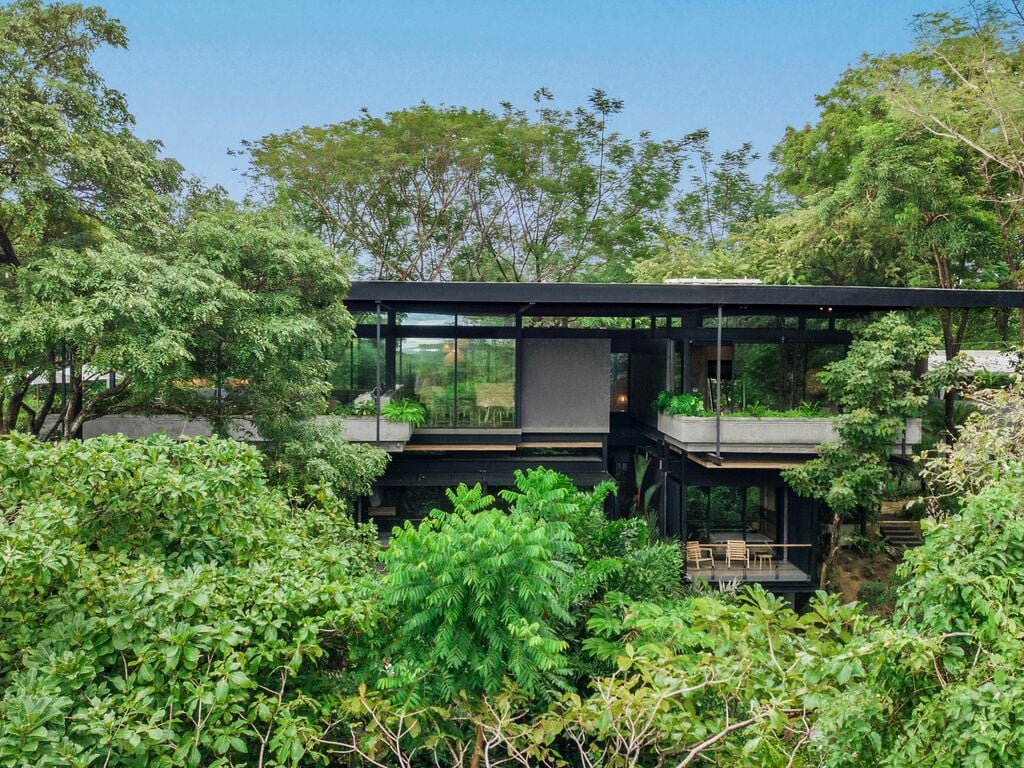
At its essence, the Raintree House embodies the principles of bioclimatic architecture, seamlessly integrating state-of-the-art construction techniques with locally inspired design. Designed by Studio Saxe, this architectural marvel harmonizes with its natural surroundings, preserving existing trees and lush vegetation to create a residence that is as much a part of the jungle as it is a testament to human ingenuity.
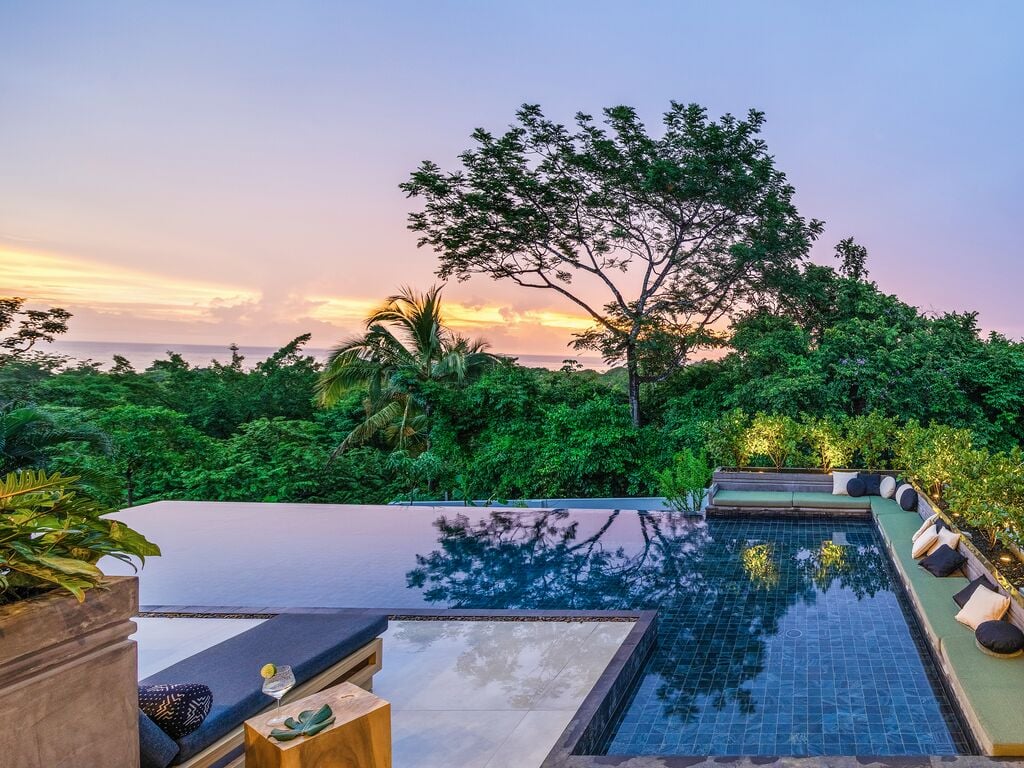
Central to the Raintree House’s ethos is its commitment to utilizing sustainable building materials. In this regard, the decision to feature Dually modified™ Kebony Character wood cladding as the exterior facade is emblematic of its dedication to environmental responsibility. By opting for Kebony, the architects not only ensured the structural integrity of the house but also minimized its ecological footprint, offering a compelling alternative to traditional hardwoods.
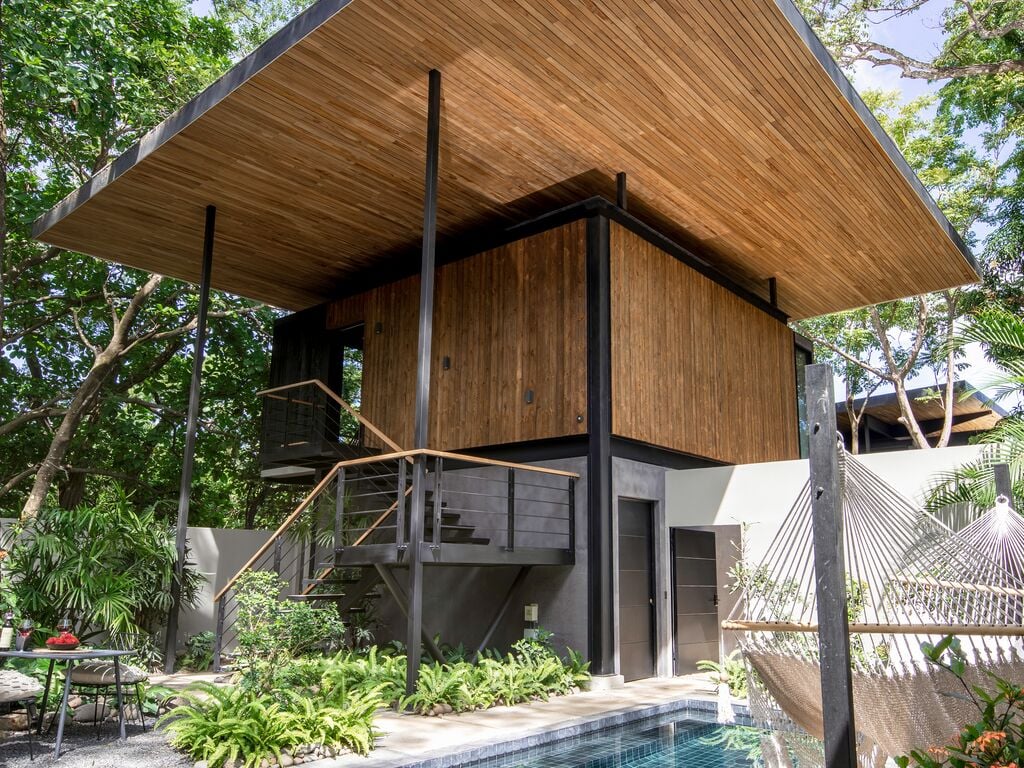
The significance of this choice extends beyond the confines of the Raintree House itself. In an era marked by escalating concerns over deforestation and climate change, the utilization of sustainable materials such as Kebony serves as a catalyst for broader industry-wide change. By demonstrating the feasibility and efficacy of eco-conscious design, the Raintree House paves the way for a more sustainable future in architecture and construction.
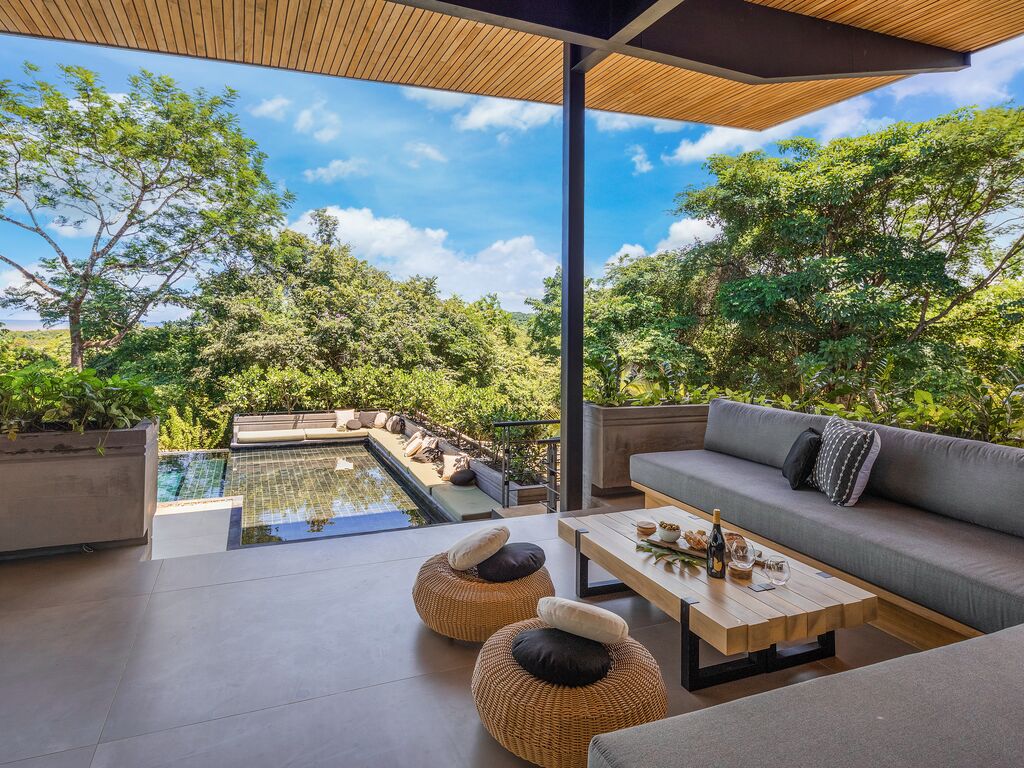
Moreover, the Raintree House serves as a reminder of the intrinsic connection between human habitats and the natural world. By embracing bioclimatic design principles, it not only minimizes its environmental impact but also fosters a deeper sense of harmony with nature. In doing so, it offers a compelling vision of architecture that not only meets the needs of its inhabitants but also respects and celebrates the ecosystems upon which all life depends.
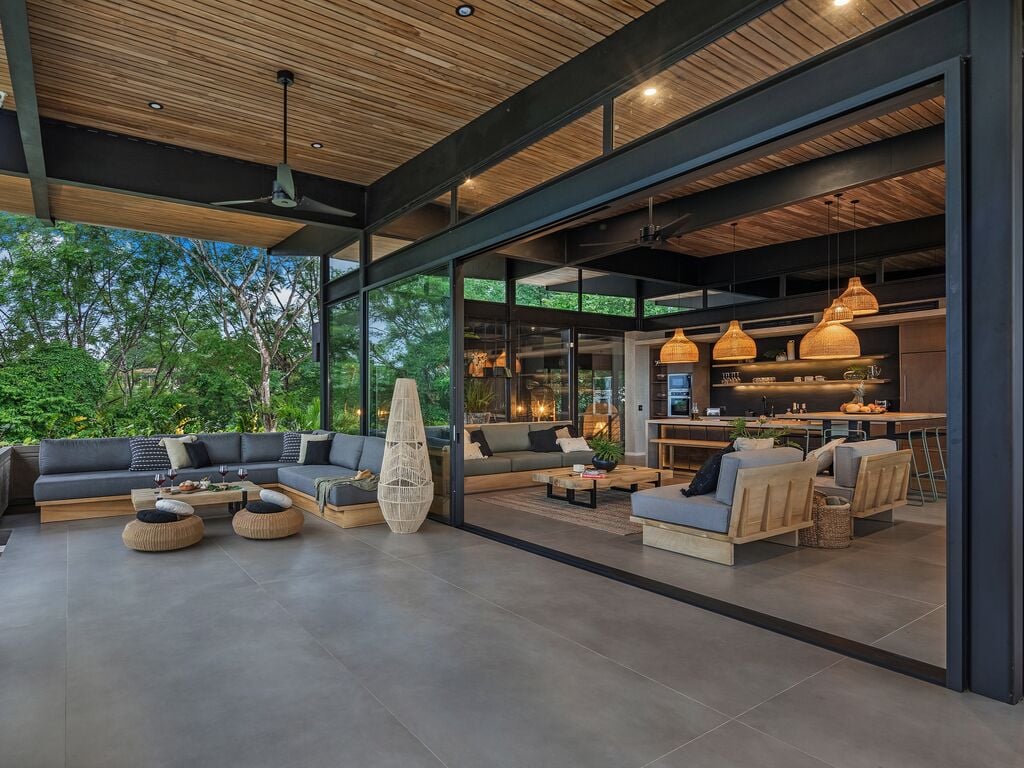
As we confront the urgent challenges of climate change and environmental degradation, projects like the Raintree House offer a glimmer of hope. They demonstrate that sustainable architecture is not only possible but also inherently beautiful and functional. In this sense, the Raintree House stands as a testament to the transformative power of design, inspiring us to reimagine our relationship with the built environment and the natural world alike.



